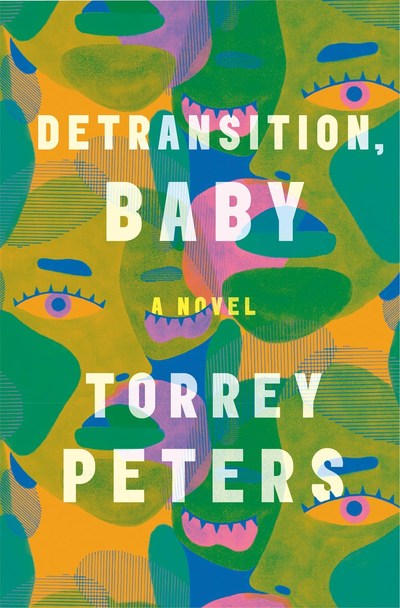Considering that it’s about a dying man, Don’t Cry for Me by Daniel Black is incredibly alive. The novel’s simple format—letters that offer decades of retrospection—makes for incredible storytelling, and readers will be invested from page one.
Jacob Swinton is dying of lung cancer. In his last few months, he decides to write to his estranged gay son, Isaac. Through these letters, Jacob not only atones for his past behavior but also chronicles the Swinton family history from the time of American slavery until the early 2000s. His recollections of growing up on his grandparents’ farm in rural Arkansas range from loving memories of baking a cake with his grandmother to devastating revelations of abuse at his grandfather’s hand.
Jacob’s heartbreak is palpable as he recounts his story, and his deathbed serves as a vantage point from which he can both see his wrongdoings and also forgive himself for them. To his credit, he confronts his mistakes head-on. He did the best he could, but that doesn’t change the fact that he rejected Isaac for being gay and destroyed his chances at having a relationship with him.
Jacob is terribly lonely, kept company only by the books that open his mind but also sharpen his understanding of how wrong he has been. By reading the words of Malcolm X and Alice Walker, he discovers new pride in his Black ancestors and confronts decades of toxic masculinity and generational trauma. He feels shame for how he has treated women while understanding that it was learned behavior, passed down by the men before him.
But these are letters, not a conversation with his son, so despite Jacob’s change of heart, it’s all too late. The damage has been done.
An accomplished author of six previous novels, Black has crafted a memorable, poignant story that explores themes of regret, legacy and family—and yet remains perfectly balanced through it all.


















